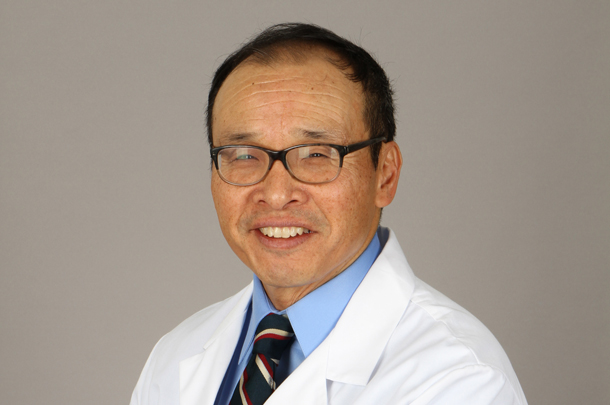The USC Norris Comprehensive Cancer Center recently received $100,000 to fund a clinical trial of a new drug for the treatment of sarcoma, with an emphasis on osteosarcoma.
The gift comes from a foundation established in memory of David Andrew Maddan, who battled osteosarcoma for three years before his death at age 28 in 2008. During this time, Maddan told his parents he wanted to establish a non-profit organization to assist other young adults with cancer.
To fulfill his dream, his friends and family established the David Andrew “Pooh” Maddan Foundation, which also uses the name DAM-CANCER Foundation. It provides grants to young adult cancer patients struggling with the cost of living expenses during their treatments.
“This is the first clinical trial we have funded, and we are elated about this extremely promising clinical trial because of its emphasis on osteosarcoma,” explained David Maddan’s mother, Anna Maddan, a member of the foundation’s board of directors.
Sarcomas grow in connective tissue — cells that connect or support other kinds of tissue in the body. Osteosarcoma starts in the cells that make bone. Most osteosarcomas occur in children and teens, but they can occur at any age, according to the American Cancer Society.
The drug in the trial attacks cancer in a novel fashion — introducing a protein that appears to halt the ability of tumor cells to grow the blood vessels they need to spread cancer.
James S. Hu, MD, medical director of the Sarcoma Program of USC and assistant professor of clinical medicine at the Keck School of Medicine, will use the funds to enroll 10 to 12 patients in a Phase 1/Phase 2 clinical trial.
“It is really hard to get funding for research on sarcoma, and this is especially true of osteosarcoma,” said Hu, noting that there are 15,000 new sarcoma cases a year, a relatively small number that makes it more difficult to attract attention and research dollars. “Because this type of research is so underfunded, this grant can make a huge difference.”
The drug has already gone through two years of testing on a variety of other cancers. That research demonstrated that the treatment might also be effective for osteosarcoma and other sarcomas.
DAM-CANCER has awarded more than 200 grants to cancer patients between the ages of 18 and 35, the most financially vulnerable age group of cancer patients.
“Sometimes young adult cancer patients do not complete their treatments because they do not have enough money for basic living expenses, such as food, housing and transportation costs to medical treatments,” Anna Maddan said. She added that most of these cancer patients have not worked long enough to have accumulated sufficient savings and disability insurance and that some cannot rely on their parents to assist with the financial disaster of cancer. Although survival rates for children and older patients have edged up in recent years, there has been no significant improvement in the survival rate of young adult cancer patients in the past 20 years.
Families of cancer patients and others interested in the foundation’s efforts can find more information online at www.DAM-Cancer.org/
“This clinical trial is exactly the type of therapy that David envisioned,” Anna Maddan said, “and we are privileged to be able fund research on this promising cancer therapy.”
— Hope Hamashige


